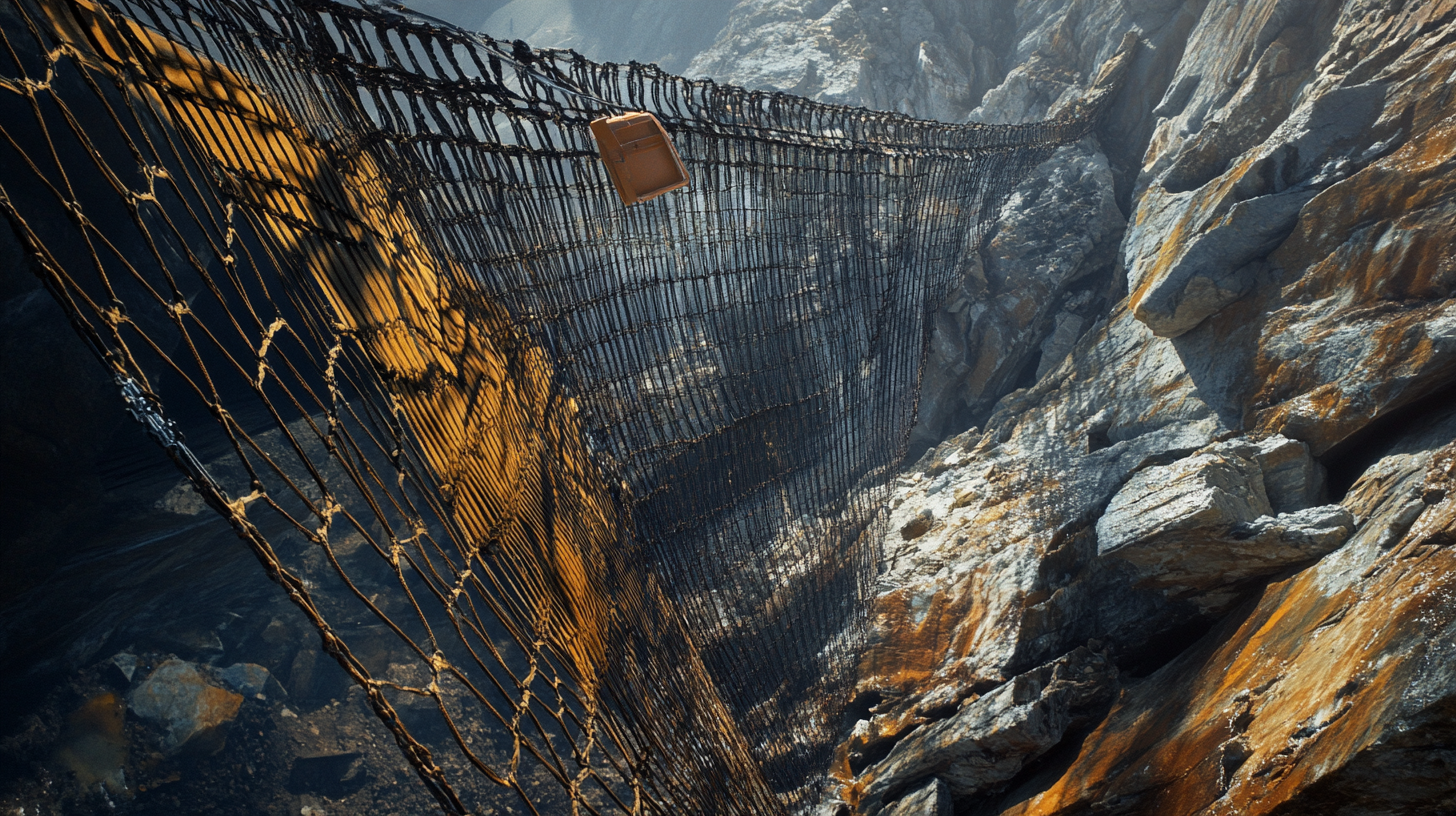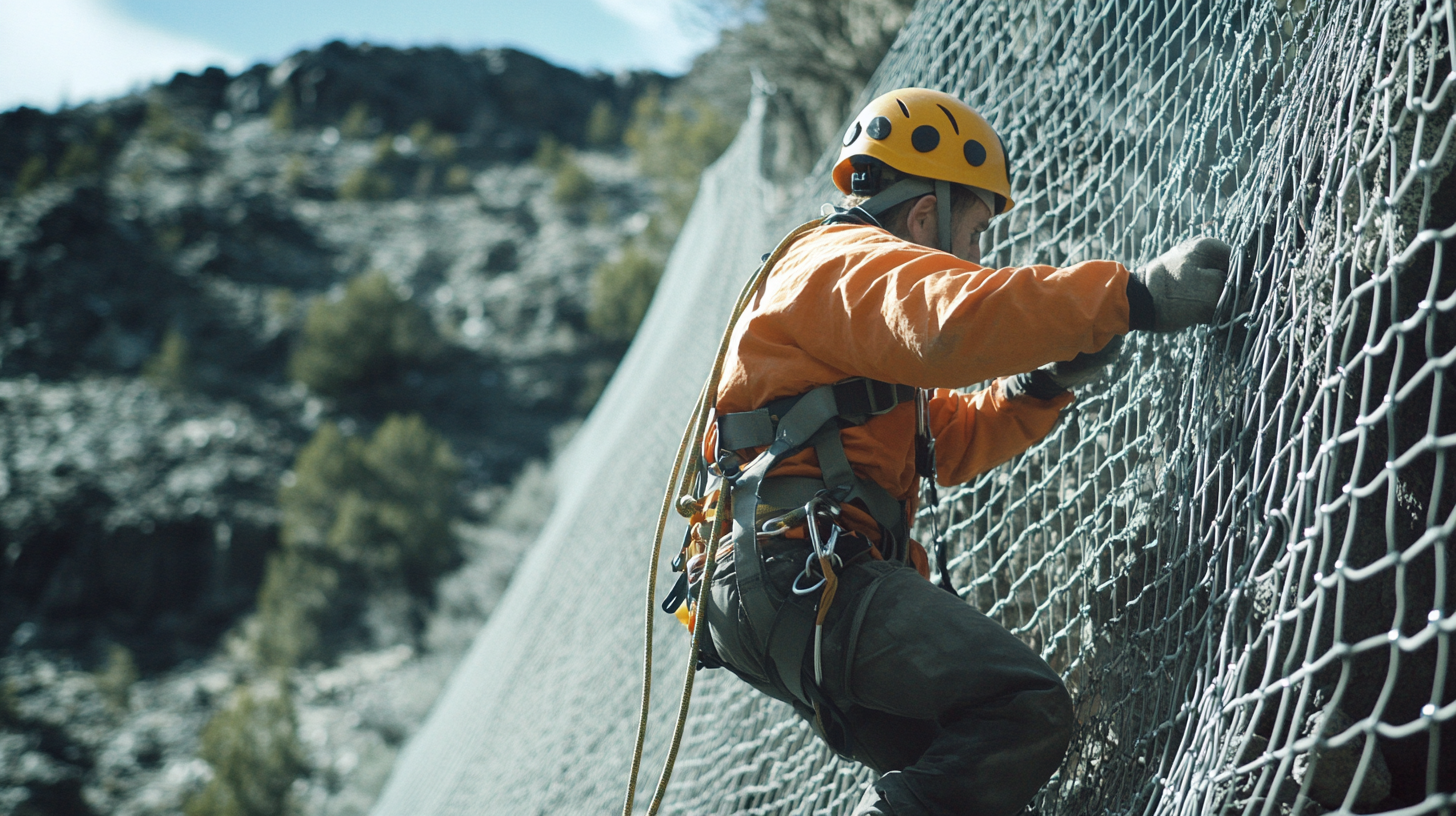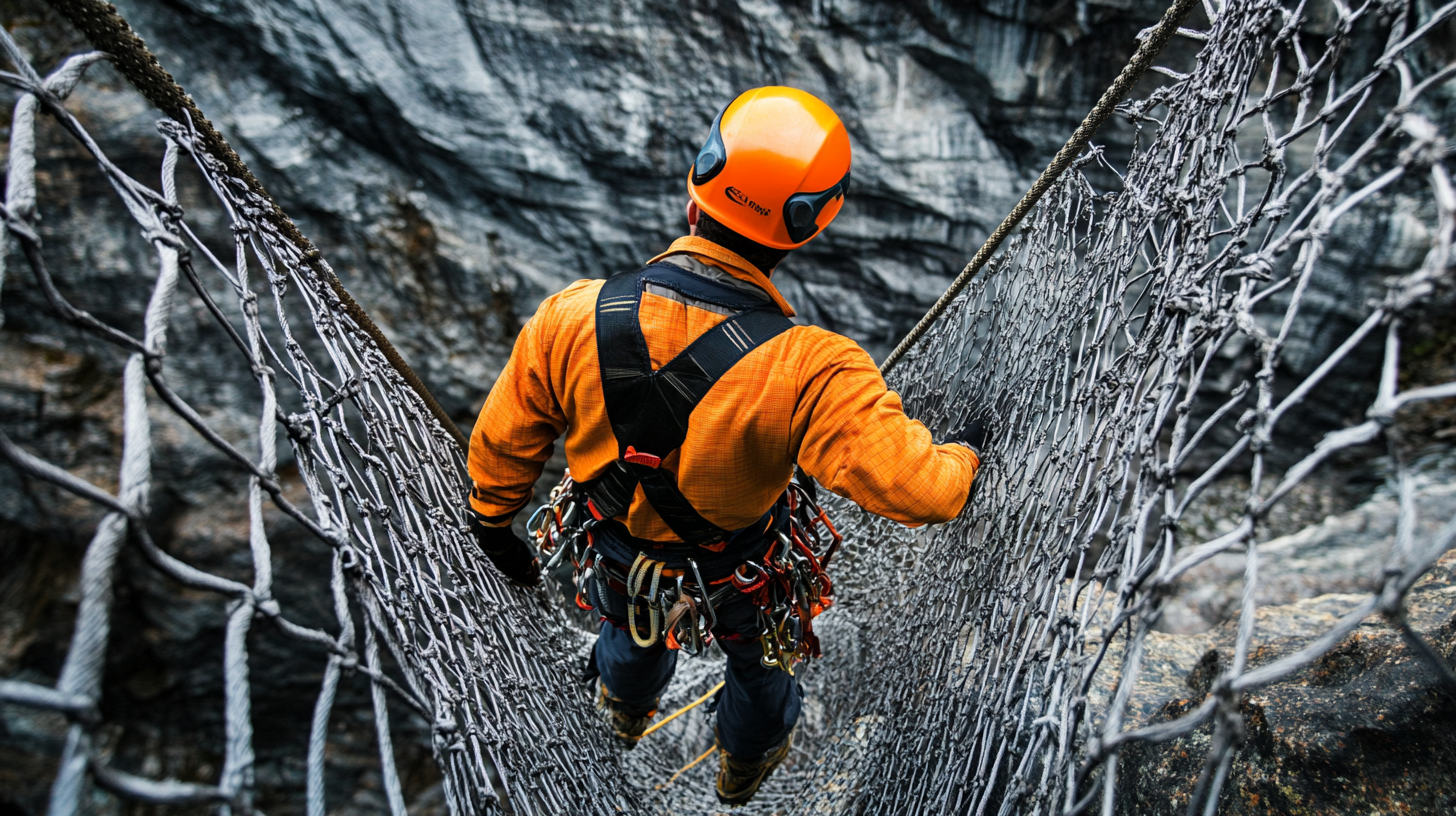Unlocking Safety: A Comprehensive Guide to Selecting Rockfall Barrier Netting
In recent years, the increasing frequency of rockfall incidents has underscored the critical need for effective protective measures in vulnerable areas. According to the National Cooperative Highway Research Program, rockfalls contribute to over 30% of all landslide-related accidents on highways, leading to significant economic losses, injuries, and even fatalities. The use of Rockfall Barrier Netting has emerged as a vital safeguard in mitigating these risks by providing a robust solution to intercept falling rocks before they reach roadways or populated areas. As the global market for rockfall protection systems is projected to grow at a CAGR of over 5% from 2021 to 2028, the importance of selecting the right rockfall barrier netting cannot be overstated. This comprehensive guide will delve into the essential factors to consider when choosing the appropriate netting, ensuring optimal safety and effectiveness in rockfall management.

Understanding Rockfall: The Causes and Impacts of Rockfall Events
Rockfalls are a significant geohazard that can lead to severe consequences for infrastructure and public safety. According to a study published by the U.S. Geological Survey, rockfalls account for approximately 60% of the total landslide-related damage in mountainous regions. These events often occur due to factors such as geological weathering, seismic activity, and human-induced disturbances, such as road construction or mining. The instability caused by these factors can result in debris falling from steep slopes, posing risks to vehicles, pedestrians, and nearby structures.
The impacts of rockfall events are not only physical but extend to economic and social dimensions. A report from the National Cooperative Highway Research Program indicated that rockfalls cause an estimated $3 billion in property damage and road closures yearly in the United States alone. In addition, communities near areas prone to rockfalls may experience increased anxiety and diminished property values, reflecting the broader implications of geological hazards. Therefore, understanding the causes and impacts of rockfalls is crucial for implementing effective mitigation strategies, including selecting appropriate barrier netting systems to enhance safety in affected areas.
Key Factors to Consider When Choosing Rockfall Barrier Netting
When selecting rockfall barrier netting, several key factors must be considered to ensure optimal safety and effectiveness. The primary consideration is the material of the netting. High-tensile steel wire is commonly used due to its durability and ability to withstand harsh environmental conditions. Additionally, the netting should have appropriate mesh sizes that can capture varying sizes of falling debris, allowing for maximum protection without compromising visibility or encroaching on natural aesthetics.
Another essential factor is the installation method. Proper anchoring and tensioning are crucial to the performance of rockfall barrier netting. Before installation, it is vital to assess the site's topography and geology, as these factors will influence how the netting should be configured to effectively contain potential rockfalls. Moreover, regular maintenance should be part of the overall plan, including inspections for wear and tear and adjustments to the netting as needed.
Finally, environmental impact must also be taken into account. Selecting sustainable materials and considering wildlife movement can help minimize any negative effects on the surrounding ecosystem. By prioritizing these factors—material choice, installation methods, and environmental impact—stakeholders can ensure that the rockfall barrier netting provides the safety and reliability needed for their specific application.

Types of Rockfall Barrier Netting: Materials, Durability, and Performance
When it comes to selecting rockfall barrier netting, understanding the various types available and their specific materials, durability, and performance is crucial. Rockfall netting is designed to protect structures and landscapes from potential boulders and debris falling from slopes or cliffs. The primary materials used in rockfall barrier netting include steel wire, synthetic fibers, and composite materials. Steel wire netting is known for its robustness and high tensile strength, making it a reliable choice for areas with heavy rockfall risks. Conversely, synthetic fibers are often lighter and more flexible, allowing for easier installation while still providing adequate protection.
Durability is another critical factor to consider. The netting must withstand harsh environmental conditions, including UV exposure, weather extremes, and mechanical wear from the falling rock. Some netting options come with protective coatings or treatments that enhance their longevity, ensuring they remain effective over time. Performance is assessed through testing standards that evaluate the netting's ability to arrest falling rocks of varying sizes. Understanding these parameters will help engineers and project managers select the most suitable netting solution to ensure safety and resilience in vulnerable areas.
Unlocking Safety: A Comprehensive Guide to Selecting Rockfall Barrier Netting
| Type of Netting |
Material |
Durability |
Performance |
Applications |
| Steel Wire Netting |
Galvanized Steel |
High |
Excellent for heavy rockfall |
High cliffs, steep slopes |
| Synthetic Netting |
High-Density Polyethylene (HDPE) |
Moderate |
Good for light to medium rockfall |
Gentle slopes, parks |
| Composite Netting |
Steel and Synthetic Blend |
Very High |
Outstanding energy absorption |
Versatile for various terrains |
| Flexible Mesh Netting |
Polyester |
Good |
Suitable for controlled rockfall |
Roadway protection |
Installation Best Practices for Rockfall Barrier Netting Systems
When it comes to installing rockfall barrier netting systems, attention to best practices is key for both effectiveness and safety. These netting systems are increasingly favored over traditional concrete barriers, as they offer a flexible and cost-effective solution for rockfall mitigation. By utilizing advanced materials and engineering techniques, these barriers can adapt to the natural landscape, allowing them to manage debris flow while minimizing environmental disruption.
Proper installation is crucial to ensure the netting performs optimally under different conditions. This can include understanding the site's geological features and selecting appropriate anchor points to secure the netting effectively. Ensuring that the barriers are correctly tensioned and integrated with drainage systems can significantly enhance their durability and functionality. As we continue to explore innovative methods like flexible ring-net barrier systems, the importance of adhering to installation best practices cannot be overstated; it ultimately determines the long-term safety and efficacy of mitigating rockfall risks.

Maintenance and Inspection: Ensuring Long-Term Efficacy of Rockfall Barriers
Maintaining rockfall barrier netting is critical to ensuring its long-term efficacy and functionality. Regular inspections play a vital role in identifying any signs of wear and tear, including frayed edges, corrosion, or structural damage. It’s essential to establish a routine maintenance schedule, ideally biannually, to assess the integrity of the installation. During these inspections, pay close attention to the anchor systems and any potential displacement caused by ground movement or extreme weather conditions.
In addition to visual inspections, practical maintenance measures should be implemented. This includes cleaning debris that may accumulate on the netting, as excessive buildup can hinder its performance. Repairing any identified issues promptly is crucial to prevent them from escalating into larger problems that could compromise safety. Furthermore, consider documenting maintenance activities and inspection findings. This log will not only provide a record of the netting's condition over time but can also inform future decisions regarding replacements or upgrades, ultimately enhancing the protective capabilities of rockfall barriers.
Rockfall Barrier Netting Maintenance and Inspection Overview

Home
About Us
Products
Customize
Application
Support
Blog
Contact Us


